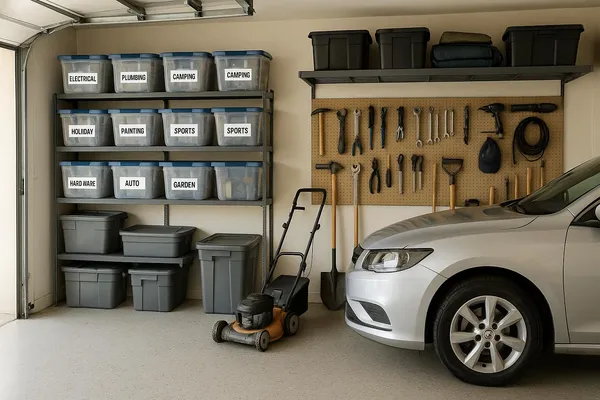
- Oct 30, 2025
- —
- 07 mins read
Garage Goblin Exorcism: The 4-Box Weekend Purge
A practical weekend guide to reclaim a cluttered garage using a simple 4-box method (Keep, Donate, Sell, Toss), with zoning, labeling, and a safety plan for hazardous waste.
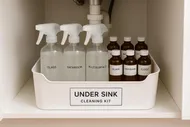
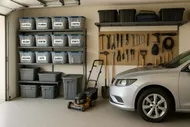
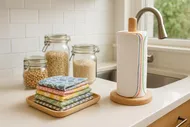

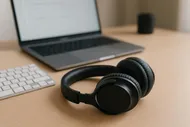
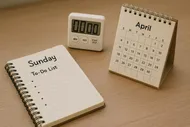
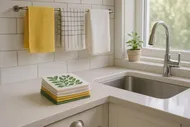
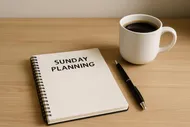

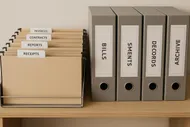
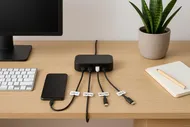
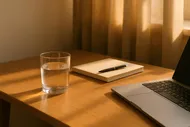
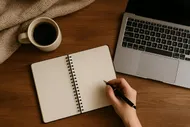
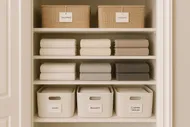
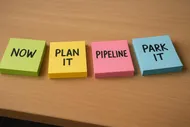
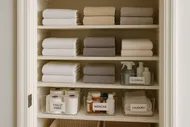
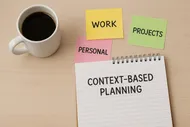
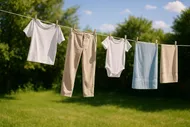

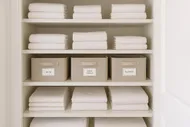
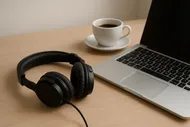
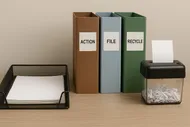
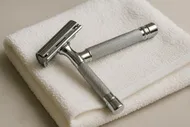

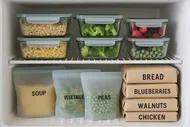
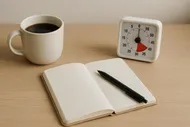
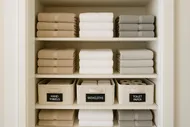
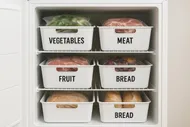
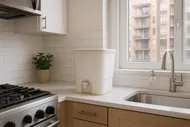
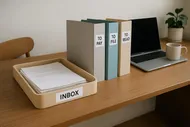




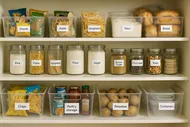

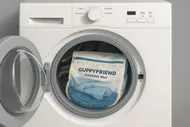
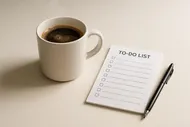
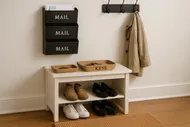
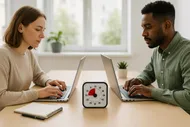

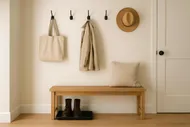

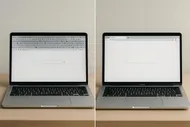
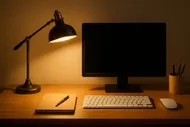

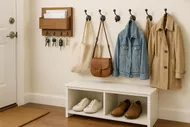

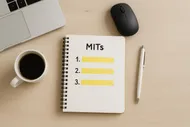
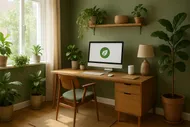
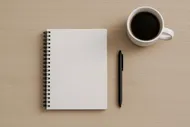
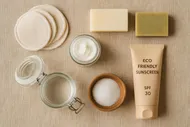


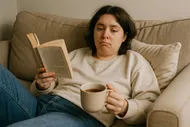
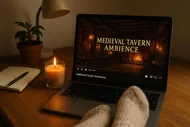
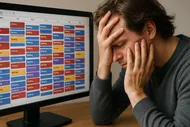
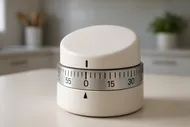

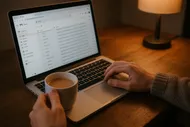


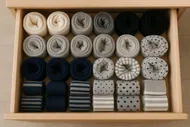
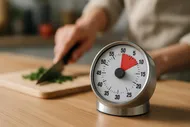

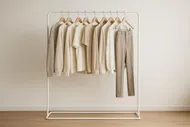
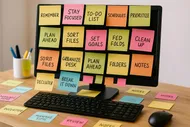

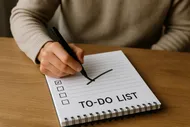
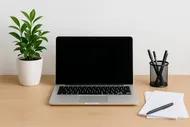



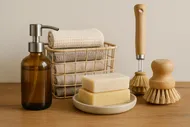
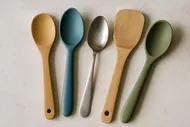

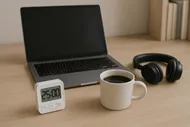
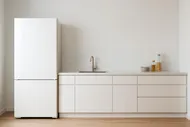
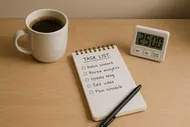
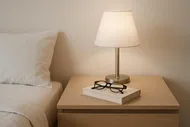
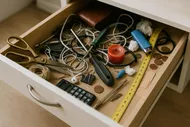



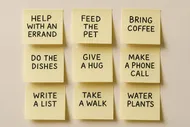
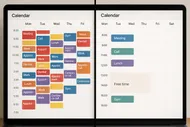
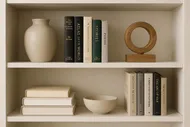
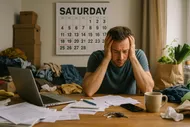
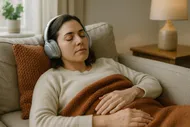



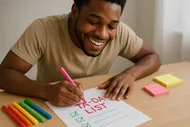
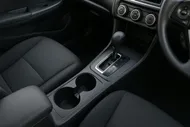
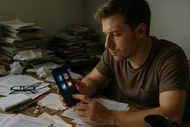

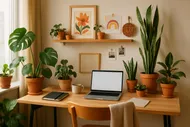
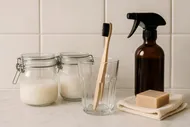
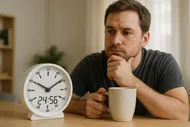

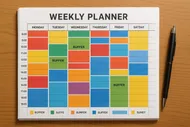
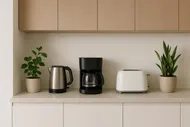
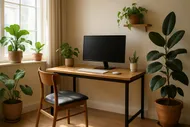
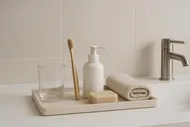



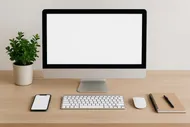
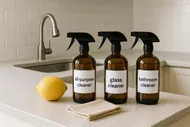

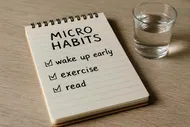
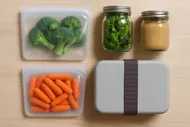
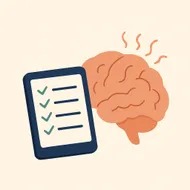



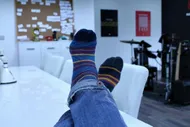

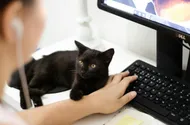




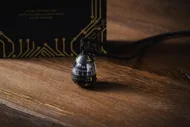
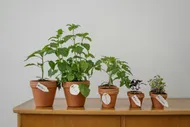


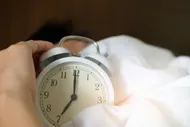
Explorer posts by categories
Explorer posts by tags

Have you ever sat down for a short break and thought, “I’ll just close my eyes for a sec,” only to wake up two hours later in a puddle of drool, wondering what year it is? Yeah… me too. So I decided to do what all responsible adults do: run an experiment on myself. I tested whether a 10-minute power nap could actually recharge me—or if it was just a tiny coma in disguise.
Spoiler: Things got weird. Also, science got involved.
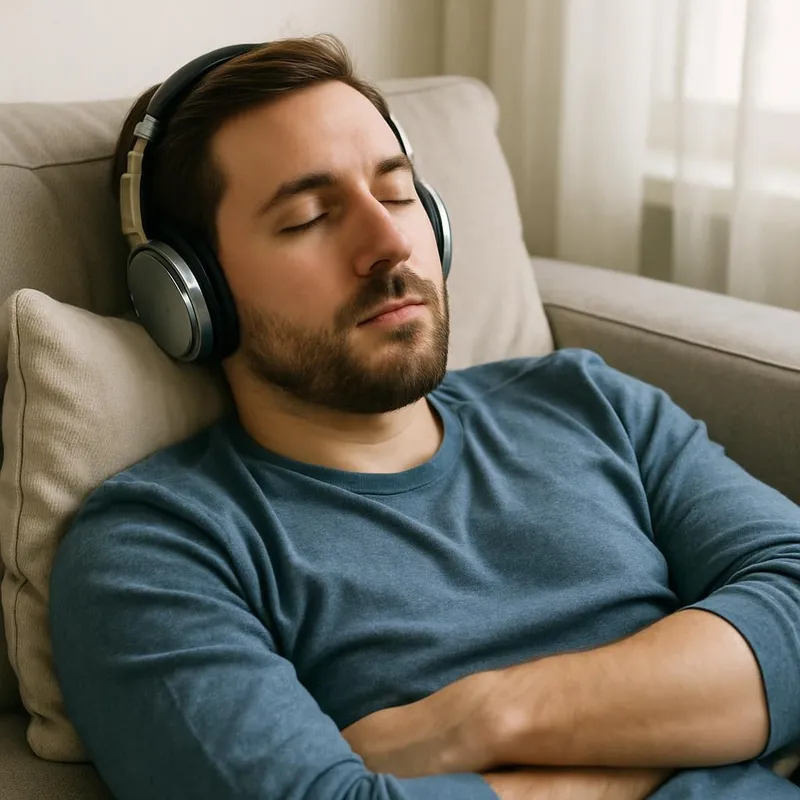
Science says that even a short nap can boost alertness, memory, and mood. According to the NIH and, frankly, my very sleepy brain, naps of 10–20 minutes hit the sweet spot: short enough to avoid sleep inertia (a.k.a. post-nap zombie brain), but long enough to make you feel like you haven’t been run over by adulthood.
NASA tested pilot naps for astronauts and found a 10–26 minute nap improved performance by 34% and alertness by 54%. So if it’s good enough for literal rocket scientists…
But I didn’t want to just read about naps. I wanted in. I wanted to be the nap.
So I gave myself a challenge: a daily 10-minute power nap for 7 days. No exceptions. No pressing snooze. And definitely no curling into a blanket burrito for two hours. Let the great snoozefest begin.
Result: 🤨 Confused but intrigued.
I set my phone timer for 10 minutes, lay on the couch like I was posing for a sleep-themed Renaissance painting, and tried to drift off. I mostly spent the time overthinking my breathing and debating if I should get a new pillow—but afterward? I felt… weirdly less foggy.
Kind of like when your computer reboots just enough to stop being annoying.
By now, I was falling asleep faster. I blame the audiobook I chose as “nap noise.” (Note: Anything involving economics = amazing background snore fuel.)
This time I woke up literally a second before the timer buzzed—and I felt like someone had replaced my brain with one that could genuinely write a to-do list without crying.
Also, my usual 3pm slump? Gone. I even voluntarily folded laundry. MIRACULOUS.
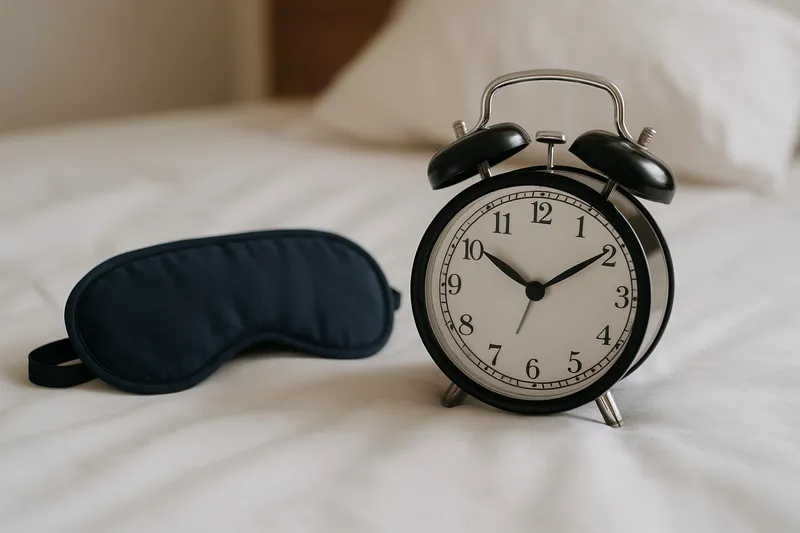
Turns out, even when I couldn’t fall asleep (hello Day 5), just lying down and closing my eyes for 10 minutes was helpful. My stress went down, my energy went up, and I momentarily forgot that Slack existed.
So yes, even pseudo-naps count.
If you’ve read Embracing Strategic Procrastination, you already know that stepping back can ironically push you forward. The nap is just permission to let your brain breathe—which, frankly, is more productive than staring at your cursor while it blinks in judgment.
Want to try the power nap life? Here’s what worked best for me:
Late morning or early afternoon = prime nap real estate. Aim for post-lunch but pre-evening slump. I found that 2:30pm was my sweet spot—right after the “why did I eat that much pasta?” wave.
Seriously, use a timer. Otherwise, you’ll blink once and rejoin the conscious world three hours late for a meeting.
My picks:
No blackout curtains? No essential oil diffuser whispering lavender dreams in your ear? Doesn’t matter. Just tilt your chair, close your eyes, and breathe.
Pro tip: Listening to ambient waves or white noise helped me a lot. I used the Pomodoro app’s “Focus & Nap” combo for added bonus points. And speaking of Pomodoro, check out The Pomodoro Technique if you’re into timed productivity sprints with tomato mascots.
This was the strangest part: giving myself permission to rest felt… wrong at first. Like I was cheating on my to-do list. But what I learned was this: quick rest can fuel your focus—not fight it.
And you don’t have to be perfect either. On Day 6, I accidentally took my 10-minute nap in a car (parked, I swear) while waiting for takeout. And it still helped. Apparently, chicken tikka + car nap = joy.

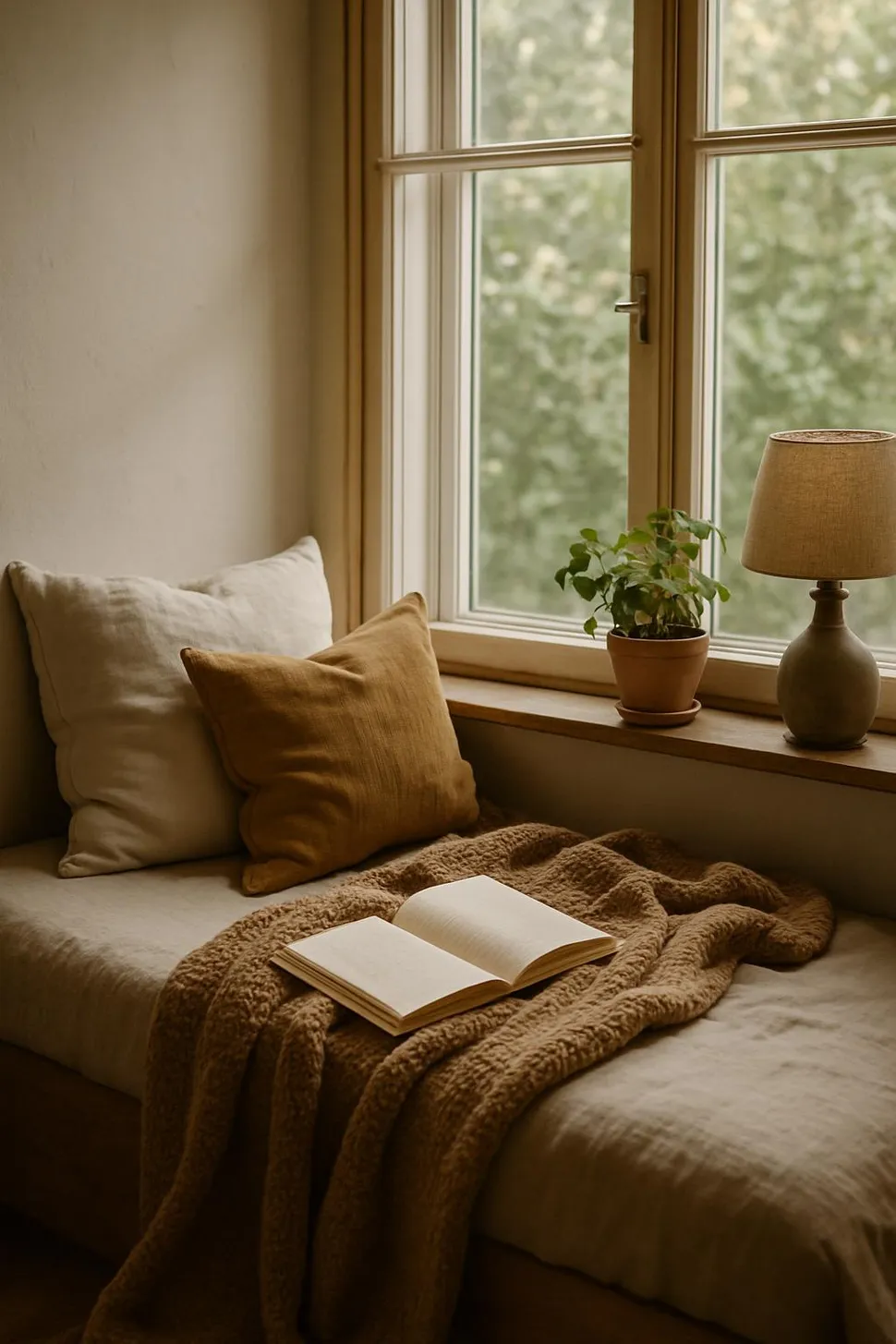

Not everyone naps well, and that’s okay. You might be more of a “get outside and stare at clouds for 8 minutes” kind of person. Or maybe sipping matcha by the window works better for you.
The goal isn’t to force naps into your routine. It’s to realize that tiny moments of deliberate recharge—whether mental, physical, or emotional—can totally flip your day around.
You could even combine it with strategies from Stop Doomscrolling and use a nap as your “snack break for the brain” instead of scrolling Instagram until time dissolves.
(Although if you do scroll, we won’t judge. We even have one: @mysimple.life.official. 👀 Just maybe follow it after you nap.)
After 7 days of 10-minute naps, here’s the honest verdict:
If your brain’s been running on empty and coffee’s not cutting it, I highly recommend experimenting with a micro-nap ritual. Set a timer, take a breath, and give your brain 10 selfish, wonderful minutes.
Just don’t forget to wake up before it’s time to pick up the kids. Again. (Oops.)
A day without a nap is like a cupcake without frosting.
Someone very wise and extremely tired
Try power napping for one week and let me know how it goes. Did you feel recharged? Did you accidentally sleep through dinner? Either way—worth it.
What’s your weirdest nap location? Mine was inside a pile of unfolded laundry. 10/10. Surprisingly comfy.

Max Bennett
Max was once the king of procrastination, proudly sporting a "Deadline Enthusiast" badge. After realizing he spent more time organizing his desk than actually working, he dove headfirst into the world of productivity. Max now experiments with unconventional (and sometimes ridiculous) productivity hacks and shares what works—with plenty of laughs along the way.

A practical weekend guide to reclaim a cluttered garage using a simple 4-box method (Keep, Donate, Sell, Toss), with zoning, labeling, and a safety plan for hazardous waste.
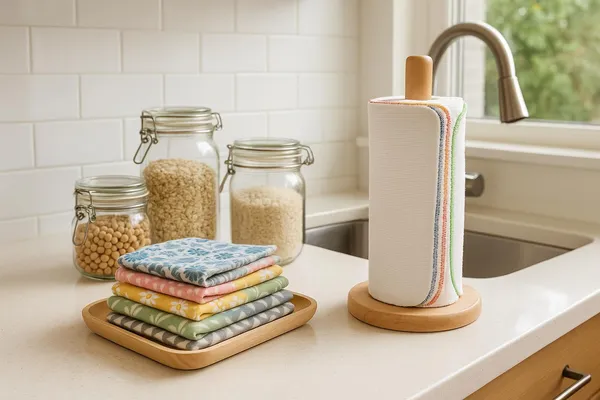
A practical guide to swapping disposable paper towels for durable, reusable cloths— Swedish dishcloths, unpaper towels, bamboo towel rolls, and microfiber—with care tips, cost-per-use math, and a 7-day detox challenge.
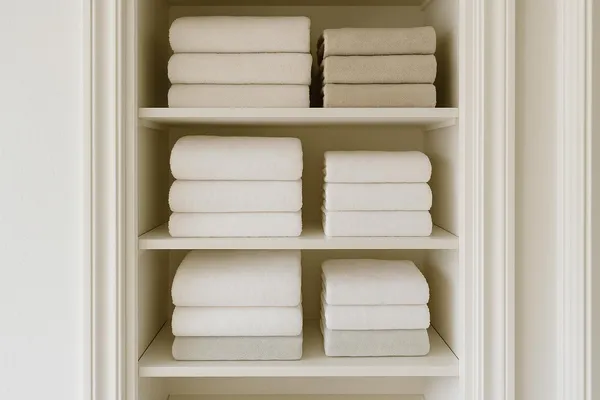
A practical guide to decluttering and organizing your linen closet, featuring a simple towel-counting formula, practical folding methods, zone labeling, and a quick 30-minute reset.